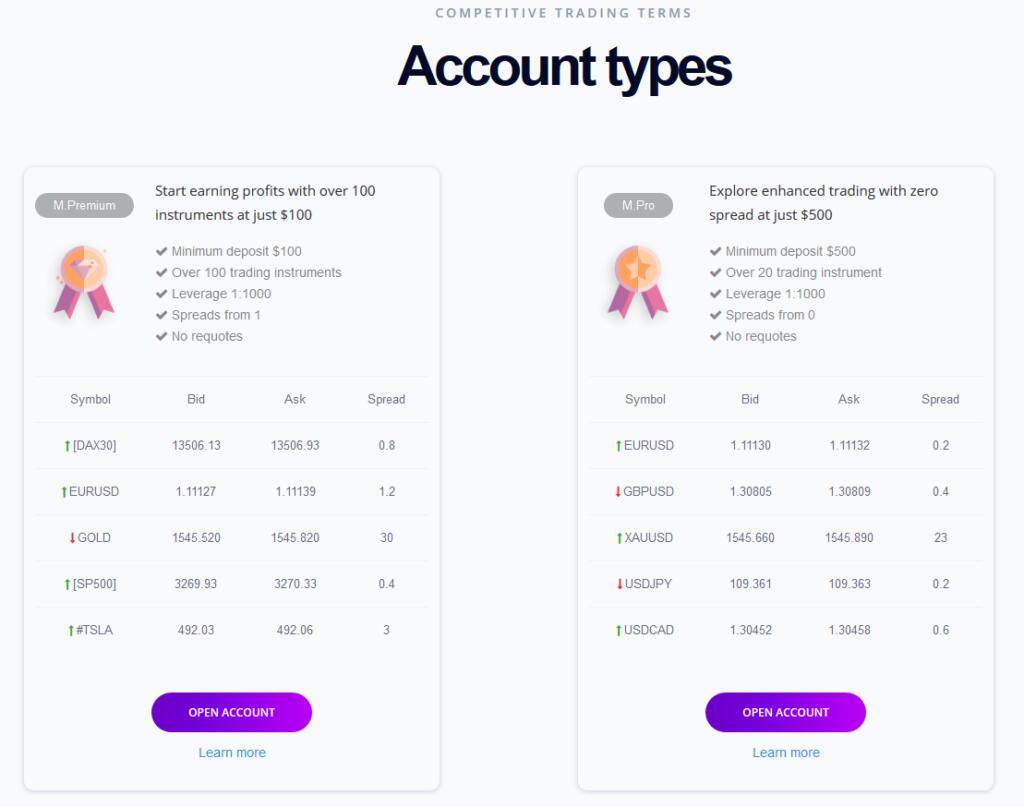Contents:


If we strip down to the basics, difference between regression and classification tree algorithms are nothing but a series of if-else statements that can be used to predict a result based on the data set. If you cannot list all the possible output values then you likely have a regression problem. When the desired output variable is an integer, amount, figure, or size, it’s a good indicator that it’s probably a regression task. This is a good tip for quickly identifying the type of problem you’re faced with.
The Regression analysis is the statistical model which is used to predict the numeric data instead of labels. It can also identify the distribution movement depending on the available data or historic data. A classification algorithm is evaluated by computing the accuracy with which it correctly classified its input. The higher the accuracy, the better a classification model is able to predict outcomes. We could fit a regression model that uses square footage and number of bathrooms as explanatory variables and selling price as the response variable. In the regression tasks, we are faced with generally two types of problems linear and non-linear regression.
This is an example of a regression model because the response variable is continuous. The regression model predicted value is 3.4 whereas the actual value is 2.9. The regression model predicted value is 2.3 whereas the actual value is 2.1. The regression model predicted value is 4.9 whereas the actual value is 5.3. Classification tries to find the decision boundary, which divides the dataset into different classes. Our machines are getting more intelligent and more capable of independent tasks, and they owe it to the rapidly growing fields of Artificial Intelligence and Machine Learning.
Classification Algorithms can be further divided into the
For instance, in the case of data from subject GM, there seems to be problems with EDA signal, and thus, prediction using it always leads to really bad results. However, also in this case it can be noted that the recognition rate is highly dependent on which data are used for training and which for validation. It can be noted that when NM2 and NM3 are used for training and NM3 for testing, the recognition rates are really bad no matter which sensor combination is used. This shows that there are a lot of variation between data gathering sessions, even if the the data are collected from the same person.
- The higher that number, the better because the algorithm predicts correctly more often.
- If the training data shows that 95% of people accept the job offer based on salary, the data gets split there and salary becomes a top node in the tree.
- Examples of the common classification algorithms include logistic regression, Naïve Bayes, decision trees, and K Nearest Neighbors.
- If provided with a single or several input variables, a classification model will attempt to predict the value of a single or several conclusions.
- So in these two different tasks, the output of the system is different.
There is an infinite number of possible values for a person’s height. The main aim of polynomial regression is to model or find a nonlinear relationship between dependent and independent variables. For the same, with Regression Algorithms, we make use of MAPE, R-square, etc to measure the error estimation of the model. On the other hand, for classification algorithms, we mostly make use of Recall, Confusion Matrix, F-1 score, etc to estimate the accuracy of the model. Imbalanced Classification – In this type of classification, the count of examples that belong to every category or class label is unequally distributed.
More articles by this author
Classification algorithms are used for things like email and spam classification, predicting the willingness of bank customers to pay their loans, and identifying cancer tumor cells. Recognition rates of users NM, RY, and GM using models trained using personal data. Subject-wise balanced accuracy using user-independent model and a combination of BVP and ST features. Don’t waste your time barking up the wrong tree, or in this case, experimenting with a less effective machine learning algorithm.
Regression and classification trees are helpful techniques to map out the process that points to a studied outcome, whether in classification or a single numerical value. The difference between the classification tree and the regression tree is their dependent variable. Classification trees have dependent variables that are categorical and unordered. Regression trees have dependent variables that are continuous values or ordered whole values.
These methods include feature extraction using sliding window technique and usage of the same classifiers. The reason for this is probably that the devices used in both studies are similar, or at least partly similar, as they both are using wearable devices and the data obtained by the sensors of these devices. While the recognition accuracies shown in stress detection articles are good, the problem is that they are based on classification of discrete target variables.

Rathod P., George K., Shinde N. Bio-signal based emotion detection device; Proceedings of the 2016 IEEE 13th International Conference on Wearable and Implantable Body Sensor Networks ; San Francisco, CA, USA. Let’s say that you’re trying to build a system that can distinguish between cats and dogs. As always though, you’ll probably gain a better understanding if you read the whole article from start to finish. If you want to understand something specific, you can click on any of these links. Variables with a regression coefficient of zero are excluded from the model.
With this in mind, let’s look at some of the similarities, so you know what to look out for. If you can realistically list all the possible values for a data point, then you have a classification problem. For example, we use regression to predict the house price from training data and we can use classification to predict the type of tumor (e.g. « benign » or « malign ») using training data.
Therefore, the accuracy metric makes almost no sense because no matter how well the model predicts, the accuracy score is likely to be very low. The output, or prediction, as you can expect is a continuous number — like the price of petrol, given a bunch of data related to the price of petrol. Selecting the correct algorithm for your machine learning problem is critical for the realization of the results you need. A regression algorithm is commonly evaluated by calculating the root mean squared error of its output. We could build a regression model using square footage and number of bathrooms to predict selling price.
A Buyer’s Guide to Enterprise Data Science Platforms
However, just as with classification, things are more complex in reality. For instance, there are different types of regression models for different tasks. While linear regression seeks a correlation between one independent and one dependent variable, multiple linear regression predicts a dependent output variable based on two or more independent input variables . A data analyst’s job is to identify which model is the appropriate one to use and to tweak it accordingly. While regression models outperform classification models in stress detection, the real benefit of regression models is that, unlike classification, they can be used to estimate the level of stress.

Those https://forexhero.info/ can be numbers or text, although they usually start out as text. A continuous numerical variable is part of an uncountable set of values. While practically, there’s a min/max, there can be an infinite number of values in between that min/max. Take this definition in contrast to discrete numerical variables, which are part of a finite, or countable set of values. But a little definition can go a long way towards making this mean something. Regression is literally the relationship between a dependent variable and one or more independent variables .
Types of Classification
Both techniques are used in Machine Learning for prediction and work with labeled datasets. The distinction between the two is how they’re applied to various machine learning situations. Classification is the process of finding or discovering a model or function which helps in separating the data into multiple categorical classes i.e. discrete values. In classification, data is categorized under different labels according to some parameters given in the input and then the labels are predicted for the data. Multi-Class Classification – As the name suggests, a multi-class classification algorithm contains datasets with more than two categorical labels as the dependent variable.
The derived mapping function could be demonstrated in the form of “IF-THEN” rules. The classification process deal with problems where the data can be divided into binary or multiple discrete labels. Let’s take an example, suppose we want to predict the possibility of the winning of a match by Team A on the basis of some parameters recorded earlier. The classification algorithm’s task mapping the input value of x with the discrete output variable of y.
A framework for focal and connectomic mapping of transiently … – Nature.com
A framework for focal and connectomic mapping of transiently ….
Posted: Wed, 19 Apr 2023 10:07:46 GMT [source]
Even with skilled and seasoned data scientists, the discrepancies will quickly confuse, and this makes it difficult to apply the correct solution. In this discourse, we will take a deeper dive into the distinctions and parallels with the two essential classification vs regression data science algorithms. On the other hand, post predictions, the type of the resultant for Classification algorithms is categorical in nature. Once we are done with the predictions, for the Regression type of data, the prediction results are continuous in nature. Usually, for any training data value, the ideal outcome of the model should give the same results. Thus for any regression model/algorithm, we make sure that the variance score is as low as possible.
Get a hands-on introduction to data analytics and carry out your first analysis with our free, self-paced Data Analytics Short Course. On the contrary, classification is evaluated by measuring accuracy. Classification predicts unordered data while regression predicts ordered data. Let’s take anexample, suppose we want to predict the possibility of the rain in some regions on the basis of some parameters. Then there would be two labels rain and no rain under which different regions can be classified. Classification methods simply generate a class label rather than estimating a distribution parameter.
Impaired pulmonary function and associated factors in the elderly … – BMC Infectious Diseases
Impaired pulmonary function and associated factors in the elderly ….
Posted: Wed, 19 Apr 2023 14:58:09 GMT [source]
Because a regression predictive model predicts a quantity, therefore, the skill of the model must be reported as an error in those predictions. Stress detection based on personal training data was also studied using data from three persons. The situation was better when more personal data were used for training but still there was a lot of variation in the recognition rates depending on how data gathering sessions were divided for training and testing. This shows that biosignals have a lot of variation not only between the study subjects but also between the session gathered from the same person. Therefore, personal recognition models should be able to constantly adapt to changes in human body. Due to this, for instance incremental learning-based method should be experimented .
This type of regression can be placed under both linear and non-linear models in machine learning. It utilizes non-linear kernel functions, such as polynomials, to determine a viable solution for the non-linear models. It is used in predicting patterns in the stock market, image processing and segmentation, and text categorization. Classification models are used to predict categorical discrete values such as blue or red, true or false, and so on. Regression, on the other hand, is used to predict numerical or continuous values such as home values, market trends, and so on.

To start with, they all rely on independent input (or ‘explanatory’) variables. These input variables are then used to infer, or predict, an unknown outcome . In data analytics, regression and classification are both techniques used to carry out predictive analyses. Classificationis the process of finding or discovering a model which helps in separating the data into multiple categorical classes. In classification, the group membership of the problem is identified, which means the data is categorized under different labels according to some parameters and then the labels are predicted for the data.
RY’s results are really good when using BVP features, and GM’s stress can be recognized with high accuracy using a combination of BVP and ST features. However, the results from these users were already really good using user-independent model and usage of personal data do not have a big effect compared to those. A classification algorithm is a predictive model that divides the input dataset into multiple categorical classes or discrete values. The derived mapping function of the classification model helps in predicting the category or the label of the given input variables . What is noticeable is that most of the stress and affect detection studies are based on classification methods commonly used in human activity recognition, for instance .
Functional comparison of metabolic networks across species – Nature.com
Functional comparison of metabolic networks across species.
Posted: Mon, 27 Mar 2023 07:00:00 GMT [source]
The algorithm learns to predict the numeric value based on the input variables. Then later, when we give the algorithm unlabeled data (i.e., rows of data where the value is unpopulated), the algorithm can predict the label based only on the input values. One of simplest ways to see how regression is different from classification, is to look at the outputs of regression vs classification. To paraphrase Peter Flach in his book Machine Learning, machine learning is the creation of systems that improve their performance on a task with experience. When you’re thinking about machine learning processes, it helps to break the process down into different parts. There are many different algorithms in the Machine Learning paradigm and we can use these to understand the data we have at hand very well and also use them to make models which will automate our work.
